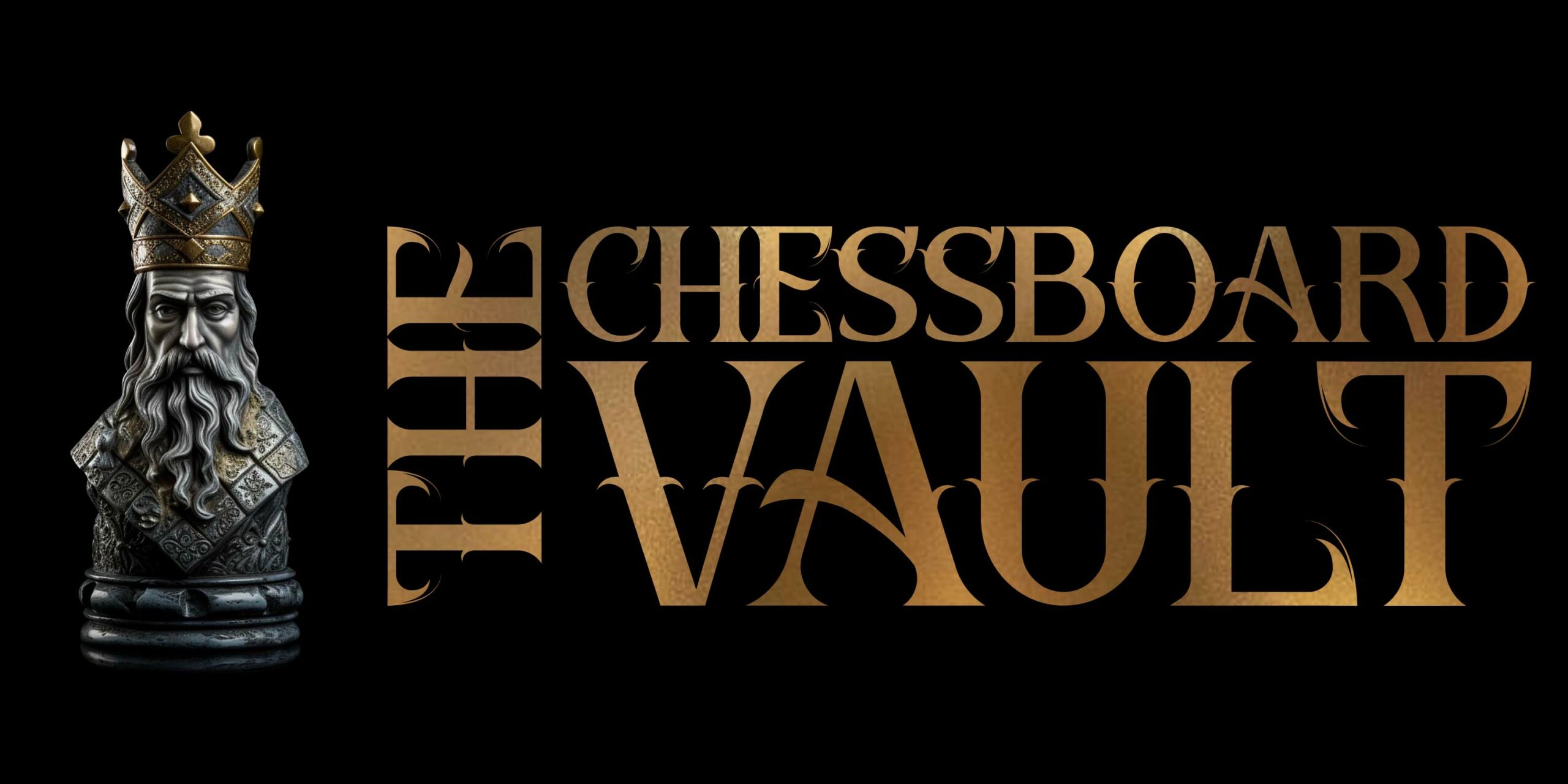
Can chess be used as a tool to prevent violence among minors?
By Vera Avramidou
The relationship between chess and violence prevention
Chess isn’t just an intellectual game; it’s also a tool that has proved useful in cultivating skills to combat violence and aggression. Thus, Ray Linville points out that chess can act as a catalyst for children, especially those facing social and economic difficulties. U.S. statistics show that juvenile courts handle around 17 million cases of delinquency a year. Chess has been introduced as an alternative to traditional punishments with remarkable results.
Welsh argues that community involvement plays an important role in the prevention and effective treatment of juvenile violence (Welsh 2005). Integrating chess into these structures can improve the overall effectiveness of violence prevention strategies by offering young people creative outlets for their energy and aggression.
Teaching concentration, discipline and healthy competition
One of the main benefits of chess is its ability to reinforce concentration and discipline. According to the Innovative Concept Academyfounded in 2009 in St. Louis (USA), teaching chess to juvenile delinquents has improved their mental discipline, helping to reduce criminal and delinquent behavior. Chess requires concentration, patience and self-control, qualities often lacking in juveniles involved in violent acts. In addition, chess encourages respect and healthy competition, which are essential factors in conflict resolution. Korenman et al. found that participation in chess programs helped adolescents learn to respect their opponents, thus improving their conflict resolution skills. This is particularly important in the context of youth violence, as many violent behaviors stem from unresolved conflicts and a lack of communication skills.
Building self-esteem and self-confidence
Self-esteem and self-confidence play a crucial role in preventing youth violence. Programs such as Chess for Success in Oregon, which offers chess lessons to pupils from disadvantaged areas, have shown that these improve children’s self-confidence and give them a sense of achievement and self-esteem. When children gain self-confidence through chess, they are less likely to feel the need to resort to violence to prove their worth.
Developing strategic planning and patience
Teaching strategic planning and patience is another way in which chess can help prevent violence. Renowned educator Lance Grigg points out that the game teaches children to think before they act and to foresee the consequences of their actions. This ability is essential for avoiding violent reactions in everyday conflict situations. Promoting social interaction and unity Chess promotes social interaction and cooperation, both of which can reduce aggressive tendencies in minors. For example, the chess development program in South Africa has shown that this teaching creates a safer and more supportive school environment, thus reducing cases of violence (Esau, 2023). These findings concur with those of Miao et al. who highlighted the importance of community engagement in youth violence prevention programs, indicating that structured activities such as chess can foster positive social interactions and reduce aggressive behavior (Miao et al. 2011).
On the other hand, Esau points out that chess programs can create a sense of group belonging and goal-seeking, factors that protect against violence. Many young people involved in violent behavior often come from environments lacking positive social support. By offering a structured and attractive activity, chess can help bridge this gap and provide young people with a creative outlet to channel their energy.
At the first parliamentary chess tournament in the USA in 2014, the way in which chess can bring communities together and improve interaction between different social groups was highlighted. Schools and youth centers that integrate chess into their programs have seen an improvement in their students’ social skills.
Conclusion
Using chess as a violence prevention tool is not just an innovation, but an effective method with measurable results. Cultivating skills such as discipline, self-esteem, patience and social interaction through chess can help young people break the cycle of violence and develop positive values for their lives. Programs like those mentioned above show that chess can be an important tool for preventing violence among minors on a global scale.
 This article was excerpted with kind permission from the September issue of ECU magazine.
This article was excerpted with kind permission from the September issue of ECU magazine.
Vera AvramidouVera Avramidou, an educator and secretary of the School Chess Committee of the Greek Chess Federation, is a teacher of Greek and English and holds a master’s degree in multicultural education and the integration of vulnerable groups in schools. She is an elementary school teacher in Thessaloniki and has taught for many years in schools in northern Greece and Piraeus. She was also director of an elementary school in Naoussa, northern Greece, and a certified adult educator. Author of the book Teachers’ intercultural competence and readiness: The case of Greek teachers detached abroadShe has participated in numerous seminars and conferences and published articles in several scientific journals. Together with the Greek Chess Federation, she has co-written two educational programs on chess, submitted since May 2022 and approved by the Institute of Educational Policy (IEP) of the Greek Ministry of Education, with a view to introducing chess into elementary school skills workshops. Together with four other trainers, she has trained around 100 teachers in the two chess programs for elementary school skills workshops, in collaboration with the regional director of education. She is an international referee, secretary of the School Committee of the Greek Chess Federation and a certified teacher of the European Chess Union.
Bibliography:
- Linville, Ray. How Chess Helps At-Risk Kids.
- Grigg, L. and MacCormack, J. (2020). Chess and Juvenile Delinquency: A Critical Review of the Literature. Journal of Educational Research.
- Dauverge, P. (1984). The role of chess in cognitive development. FIDE report.
- Esau, O. (2023). Reducing violence through chess: involving pre-service teachers in participatory action in schools. The Canadian Journal of Action Research.
- Joseph, E., Easvaradoss, V., Abraham, S., & Chan, M. (2017). Mentoring children through chess training improves cognitive function. International Journal of Information and Education Technology.
- Korenman, M., Korenman, T. and Lyutykh, E. (2009). Checkmate: a chess program for African-American male adolescents. International Journal of Multicultural Education.
- Miao, T., Umemoto, K., Gonda, D., & Hishinuma, E. (2011). Essential elements for community engagement in evidence-based youth violence prevention. American Journal of Community Psychology.
- Sigirtmaç, A. (2016). An investigation on the effectiveness of chess training on creativity and theory of mind development at early childhood. Educational Research and Reviews.
- Welsh, B. (2005). Public health and the prevention of juvenile criminal violence.

